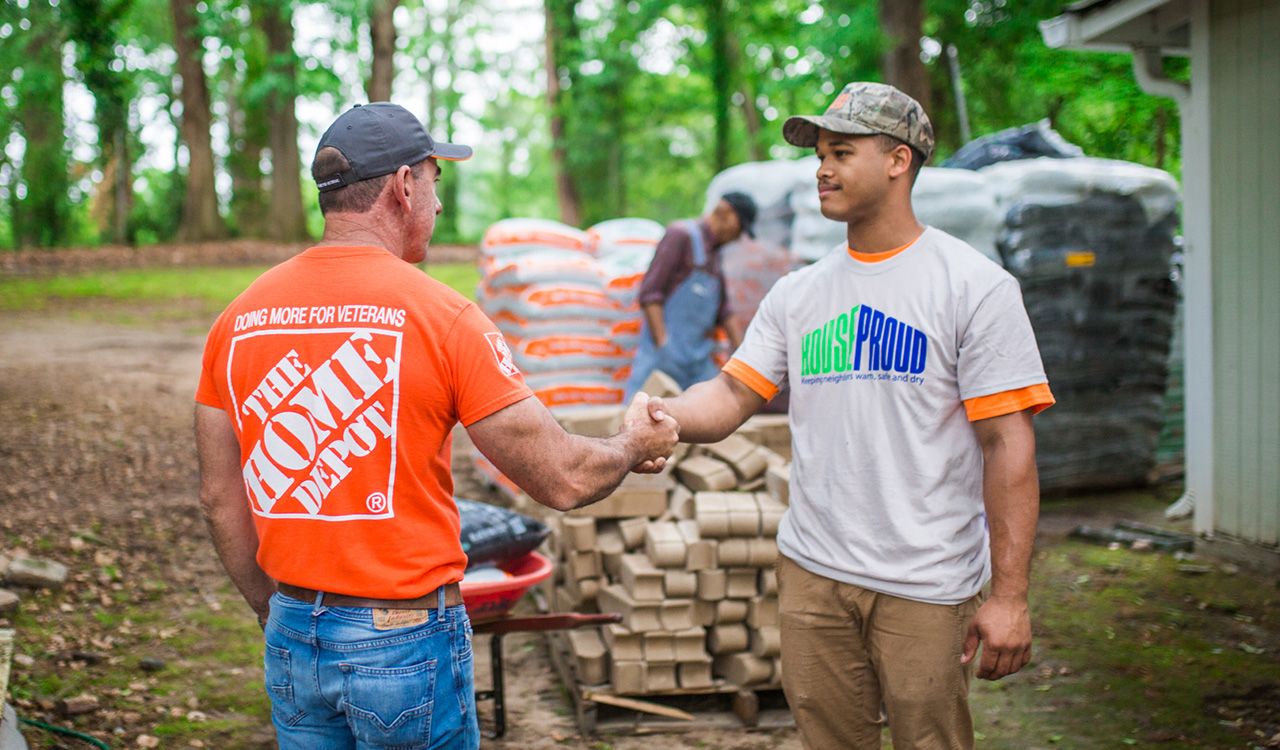It wasn’t all that long ago – since about the arrival of the first Gen Zer – that Lego was virtually bankrupt and on the brink of going out of business. Fast forward to that grown-up Gen Zer and it is now the largest toy company on the planet, believed to be enormously profitable and held up as the gold standard for every other brand in the business.
Two decades ago it would have been hard to conceive of the brand making movies and videogames, running theme parks around the world and selling what is estimated to be more than 75 billion bricks a year; that’s seven Lego sets every second.
One Brick at a Time
How did they do it? How did Lego go from bust to boom in fewer than 20 years? As clichéd as it sounds, Lego rebuilt its business one brick at a time. Today, Lego is a $9.7 billion (65 billion kroner in its native Denmark) company that operates on an international scale with toys, retail stores, amusement parks, and customers from toddlers just old enough not to eat them to seniors who use them to build replicas of everything from Frank Lloyd Wright homes to Porsches.
How big, you ask? By comparison, we tend to think of the American toy companies Hasbro and Mattel as giants – and they are – but Hasbro did about $5.9 billion last year and Mattel, about $5.4 billion. Nothing to sneeze about but when combined, they barely pass Lego bricks with their Barbies and Transformers. Though privately owned by the same Kristiansen family that founded the company in 1932, Lego is valued at close to $12 billion according to estimates, with a workforce of 25,000 employees in more than 40 locations around the world.
Danish Modern
Not bad for a little brick builder that started in wood and eventually switched to plastic, although in a back-to-the-future move, they are now in the process of trying to transition into materials somewhat more eco-friendly. The company got its name – according to company history — in 1935 when Ole Kirk Kristiansen, a local toymaker, combined two Danish words “leg” and “godt,” (translation: play well) and invented the design of those little interlocking blocks.
Lego remained very much a niche product for its first few decades, particularly in the U.S. market where more well-known building toys like Gilbert’s Erector Sets, Kenner’s Girders and Panels, and the ever-ubiquitous Lincoln Logs tended to be better sellers. Still, Lego was a solid company and brand, albeit lower-key than its big American competitors of the era.
Speed Bumps
Post-mortems on the company’s late 20
th-century swoon suggest there were inherent problems that gradually got bigger and more serious. Success Agency, a consulting company, reports in a recent case study analysis of what went wrong for Lego pointed to two things: too many products that weren’t successful and a disconnect with their customers. Success explains, “One reason that Lego nearly went bankrupt was because they lost sight of who their target audience was. They made unfounded assumptions, hastily innovating and creating without really researching beforehand to find out if that was what their audience actually wanted.”
The report added, “Believe it or not, there
is such a thing as
too much innovation—and Lego is proof of that.” When the new CEO Jorgen Vig Knudstorp came on board in 2001, he reduced the number of individual skus Lego was making from 12,900 to about 7,000. The strategy was dubbed “back to the brick.”
Building Out the Brand
Once the business was stabilized, Lego management set out to expand, not by arbitrarily adding new products to the line, but rather by working on marketing tie-ins, brand extensions, and all the things that are now standard fare for any toy company — but strategies that were still largely unknown back then. It started with Star Wars, the iconic movie series that was becoming a cultural touchstone of its own. First came building sets tied in with the fourth movie in the series, “The Phantom Menace.” The toys were a hit, but the company was still struggling with its core products.
That’s when Lego took the big step out of toy bricks into the booming video game business. In 2005, still working with Lucasfilm, it introduced the Lego Star Wars game with its bricks and miniature figures transformed into Star Wars action figures. It was a big hit and resulted in six more games with cumulative sales of more than 50 million sets. This didn’t necessarily mean more sales of its traditional building sets but at $59.99 for the latest game, the revenue was substantial. Han Solo, Princess Leia, and their pals were soon joined by other Lego tie-ins, including another movie blockbuster series, Harry Potter. By 2012 the company passed Mattel as the most valuable toy company in the world.
Lego Becomes the Star
But the company was not content to just be a co-star. In 2014, working with Warner Bros., it released “The Lego Movie,” where its brick characters saved the world, among other things, generating rave reviews and $468 million in worldwide sales. And as anyone who follows the movie business knows, if one movie is good, more are even better. Any number of sequels followed, including a Lego Batman and an animated television series.
There was also a tie-in with Universal Music for a music video. While the movie series eventually petered out and there haven’t been any new films in several years, Hollywood has a habit of bringing back old franchises for newer generations. If there are an even dozen of Vin Diesel Fast and Furious films, a few more Lego movies would seem to be naturals. Eat your heart out Mattel and Barbie with your one measly movie, even though the first Barbie – yes, there will no doubt be more — is fast approaching $1 billion in box office sales since it opened.
Bricks for Brick and Mortar
While Lego is sold online and in third-party stores around the world, it now has close to 900 of its own stores, franchised and all bearing that colorful red boxy logo. With the opening of some 165 stores in 2022 – the vast majority in China – the company says it will hit the 1,000 mark next year. About 100 of those existing stores are in the U.S. in shopping centers, downtowns, and scattered across the country. California has the most at 13, while New York City has three, the most for any single city. The biggest U.S. store is in the massive Mall of America in Minnesota, though the world’s largest Lego store is the 9,800-square-foot version in London where you can sit in a life-sized Lego built Aston Martin while checking the time on a 20-foot-tall Lego Big Ben. Virtually all the stores feature massive Lego constructions of local landmarks, wildlife, and assorted Japanese sci-fi monsters and prehistoric dinosaurs.
But Wait, There’s More
Not content with films, video games, stores, and building sets based on every American president, the company discovered another way to Lego-ize the world in 1968 when it opened its first Legoland amusement park in its hometown of Billund in Denmark. Almost 660,000 people visited it in its first year, which was about 15 percent of the country’s population at the time.
The first American Legoland followed in 1995 in Carlsbad, CA and there are now nearly a dozen amusement parks open for business, including three others in the U.S., some with water parks and other attractions. The newest is also the largest in the world in Goshen, NY, north of New York City, situated on 150 acres with more than 50 rides and attractions.
None of this includes the Lego Discovery Centers around the world, which are a combination of theme park/retail store. Recently reformatted, the first of these new hybrid formats opened in Brussels in 2022 and there are now about 30 of them worldwide. While Lego controls the toys themselves, its stores, amusement parks, and Discovery Centers are operated by third parties, with the same partnership model it uses with movie studios and videogame developers for its entertainment properties.
Another Brick in the Wall?
What’s left for Lego? One suspects plenty. Two decades ago, it would have been hard to conceive of the brand making movies and videogames, running theme parks around the world, and selling what is estimated to be more than 75 billion bricks a year; that’s seven Lego sets every second.
The big American toy companies have also had their ups and downs over the past few decades, and it seems every time a new generation comes along toy brands worry that these are the kids who are finally going to stop playing with miniature bricks, dolls, and model cars. So far, that hasn’t happened and the toy manufacturers that are still standing have successfully figured out how to adapt to whatever’s trending. Lego seems to have figured that out better than anybody else.
There are estimated to be well over 400 billion Lego pieces in existence today…and if you don’t believe that, walk barefoot in the dark in any family household just about anywhere in the world and you’re bound to find one. Or more…




